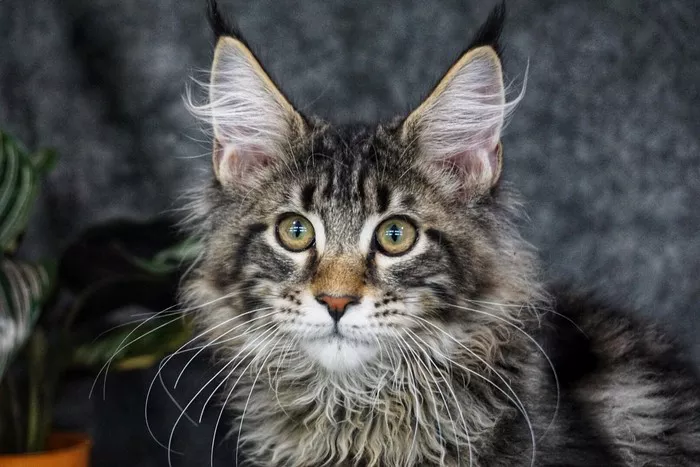The addition of a new feline companion to your household is an exciting prospect, but it comes with its own set of challenges, particularly if you already have a male cat. Will he embrace the newcomer with open paws, or will territorial instincts come into play? In this comprehensive guide, we explore the dynamics of introducing a female cat to a male cat, offering insights, tips, and strategies to ensure a harmonious transition.
Understanding Feline Social Structure:
Cats are inherently territorial animals with a well-defined social structure. In the wild, they establish territories and hierarchies to maintain order within their groups. When bringing a new cat into your home, these natural instincts can influence how your resident male cat reacts. Understanding feline social dynamics is crucial for a successful introduction.
Introducing a Female Cat to Your Male Cat
1. Preparation Is Key:
Gradual Introduction: Before bringing the new female cat home, create a designated space for her. This allows the resident male cat to become familiar with her scent without direct interaction. Use separate bedding, toys, and feeding bowls for each cat during this initial phase.
Veterinary Check-Up: Ensure both cats are in good health by scheduling a veterinary check-up. Addressing any potential health issues beforehand reduces the likelihood of stress-related conflicts during the introduction process.
2. Scent Exchange and Positive Associations:
Scent-Swapping: Cats heavily rely on scent for recognition. Facilitate scent exchange by rubbing a cloth on one cat and placing it near the other cat’s resting area. This helps them associate the scent of the new cat with a positive and familiar context.
Positive Reinforcement: Use treats and praise to associate positive experiences with the presence of the new cat. Reward both cats for calm behavior, creating positive associations with each other.
3. Safe Spaces and Vertical Territory:
Vertical Spaces: Cats feel secure when they have access to vertical spaces. Provide cat trees, shelves, or window perches to allow each cat to claim their vertical territory. This reduces the likelihood of territorial disputes and provides opportunities for observation without direct confrontation.
Safe Retreats: Create safe spaces where each cat can retreat when needed. Separate sleeping areas, hiding spots, or cozy beds offer refuge when they desire solitude. Cats are more likely to accept a new companion if they feel they can control their personal space.
4. Feeding Rituals and Playtime:
Simultaneous Feeding: Gradually move their feeding bowls closer during mealtime. This helps associate positive experiences (eating) with each other’s presence. Eventually, they can eat side by side without tension.
Interactive Play: Engage both cats in interactive play sessions using toys like feather wands or laser pointers. Play fosters positive energy and shared enjoyment, helping to strengthen their bond.
5. Body Language and Communication:
Observe Body Language: Pay close attention to their body language during interactions. Signs of relaxation, such as slow blinking or gentle grooming, indicate positive communication. Conversely, signs of tension, such as hissing, growling, or raised fur, suggest stress and potential conflict.
Gradual Supervised Meetings: Once the cats show curiosity rather than aggression through scent and sight, allow brief supervised meetings. Use treats and playtime to create positive associations during these interactions.
6. Patience and Gradual Integration:
Time and Patience: Rome wasn’t built in a day, and neither are harmonious feline relationships. Be patient, and allow the cats to set the pace of their interactions. Rushing the process can lead to setbacks and increased stress.
Consult a Professional: If conflicts persist or escalate, consider seeking advice from a professional animal behaviorist or your veterinarian. They can provide tailored strategies based on the specific dynamics of your cats.
Conclusion:
Introducing a new female cat to your male cat requires careful consideration of their individual personalities and a gradual, patient approach. By understanding their natural instincts, creating positive associations, and respecting their need for personal space, you can pave the way for a harmonious feline companionship. With time, the initial uncertainties can transform into a bond that enriches the lives of both your male and female cats, creating a thriving and contented feline family.



























